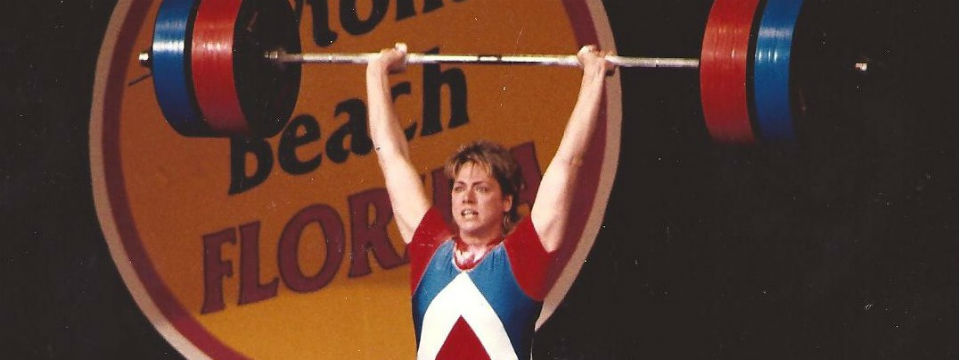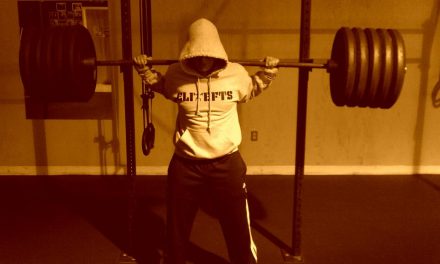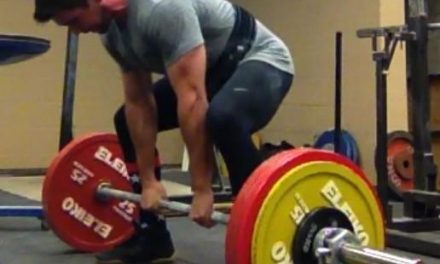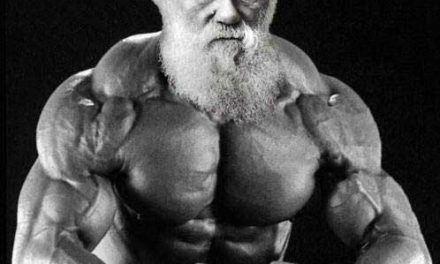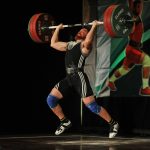by: Adam Sayih, CSCS, USAW
There’s a lot to learn from watching some of the best lifters smash personal/world records, however I often see comments that reflect a poor understanding of the olympic lifts. It’s easy to swoon over how smooth and quick these lifters are, but there’s good lessons to take away from watching a 170lb guy put 400lbs over his head. Here’s what we can learn:
1. “That looked easy! You have so much more in you!”
One comment I can’t stand is when people say how easy a PR lift looked or how fast it was. When it comes to moving serious weight in the olympic lifts, fast and “easy” is the only way it will go up. This is a big difference between the pros and joes. You can’t jerk a weight slowly and when it comes to putting several hundred pounds over your head, you have no choice but to get under the bar in an instant or the bar is pretty much going to topple over you. When you train the lifts you need to be fast and you need to be explosive while maintaining perfect technique. This isn’t the bench press or deadlift, olympic lifts need to be fast, you literally only have milliseconds to work with. Just because the lift looked effortless doesn’t mean the lifter didn’t struggle. If a top lifter reports a PR, trust me it took them every grain of effort to get that bar over their head. At that level, competitions are won literally by one kilo.
2. “The squat looked like nothing!”
A big problem most beginners have when it comes to olympic weightlifting is not having a strong enough squat. Seeing a top lifter fail to stand up a clean or a snatch is a very rare event. If it does happen, it’s usually because of a technical error during the pulls, such as balance, not so much leg strength. The ratios of these athlete’s squats to lifts are very high, and most can easily squat well over 100lbs of their best clean, and some of the olympians pushing over 200lbs more. If you’re just starting out and can clean five pounds less than your best front squat (which took you 15 seconds to grind up), you need to dedicate some more time to improving the squat. Thinking you can clean 315lbs just because you can front squat 315lbs is not an accurate assumption. There’s plenty of great squat cycles out there and at the end of the day it comes down to this: Squat heavy and squat often. Shameless plug: The Squat+ program will be available for free download soon, so if this applies to you, get on it!
3. “Look how low he/she got!”
One the main technical aspects of the olympic lifts is getting the bar up with the hips then beating the bar to the ground by pulling underneath it. A true, true, true, true, true max will leave you with no other choice than to be as low as freakin’ possible. Think about it, a snatch at roughly 50% of your max will pop up pretty high off the hips. Now, how high do you think the bar will pop off the hips at a true 100%? Makes sense? A true max means your hips can only get the bar so high meaning the moment of weightlessness won’t last very long either. When you watch a slow motion video, watch the bar rather than the lifter. Notice how once the hips make contact with the bar that it doesn’t go much higher than the point of contact. That’s because the bar is freakin’ heavy. It’s much easier to get yourself under a bar then a max lift to travel higher. Start getting low. If your current PR’s are all accomplished by power variations, then you have a whole lot more in you (unless your squat sucks, which means go back to #2). Practice getting low often, even in warm ups. You’ll miss lifts often at first but this is one of the most important skills in olympic weightlifting. If this applies to you, ban yourself from power cleans and power snatches for the next few months until you can comfortably drop under the bar at any weight.
Take away points: Watching the best will not only motivate you, but it will you teach you valuable aspects of olympic weightlifting. Yes, your jaw may drop, but try to learn something from videos as well. There’s always something to improve and always room to grow. Now get to work.
Cheers,
Adam
Stay connected!
Follow us on Instagram: @GentlemanAndMeathead
Like us on Facebook: https://www.facebook.com/GentlemanandMeathead
Follow us on Twitter: @classymeathead
